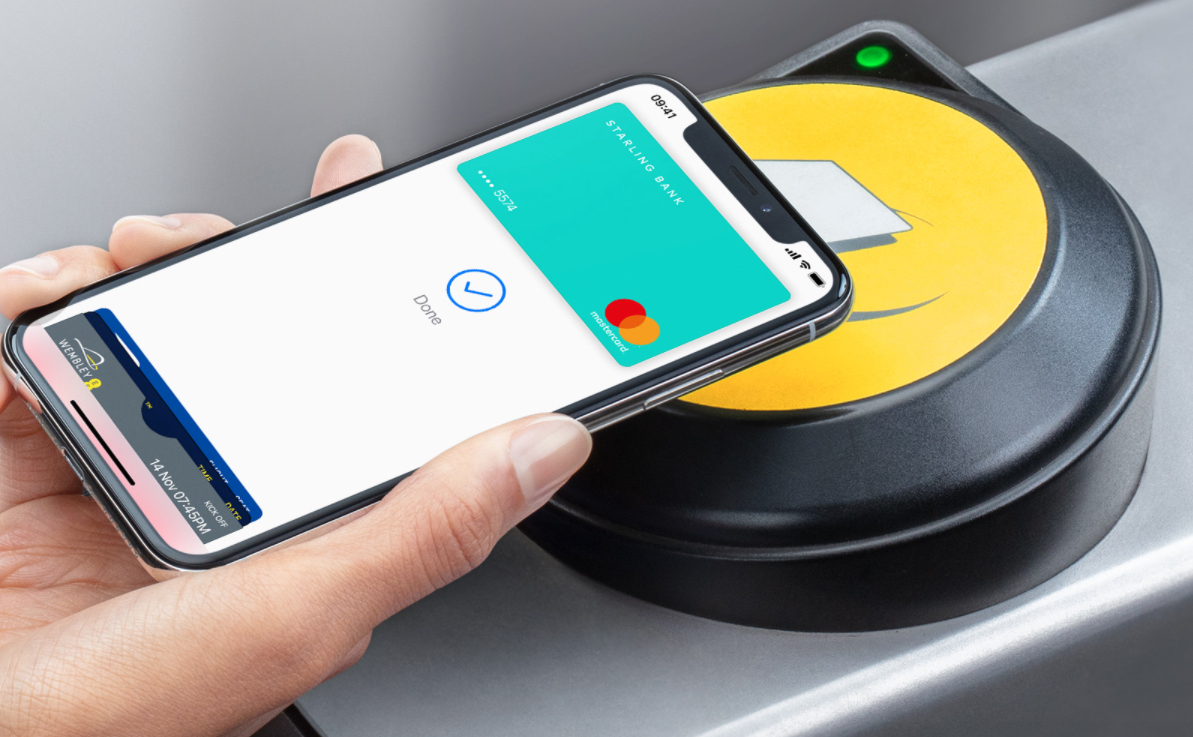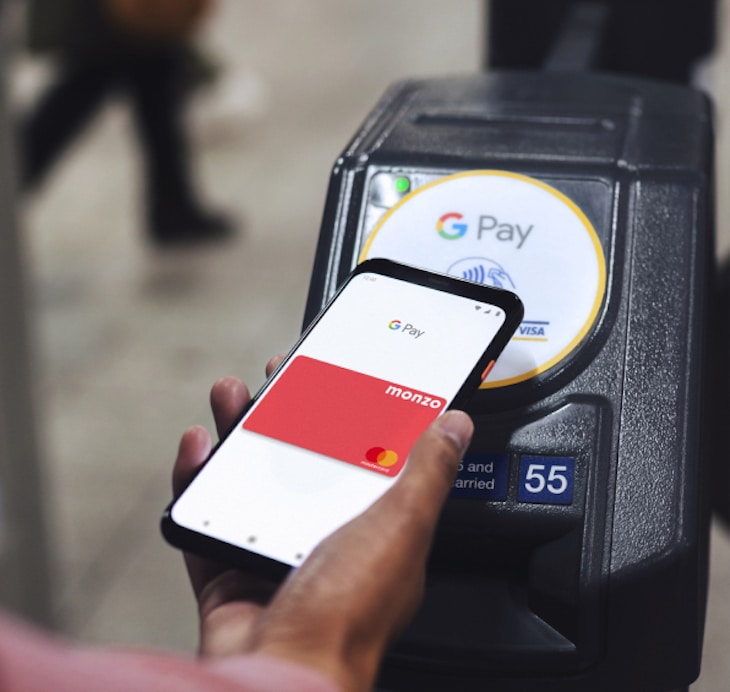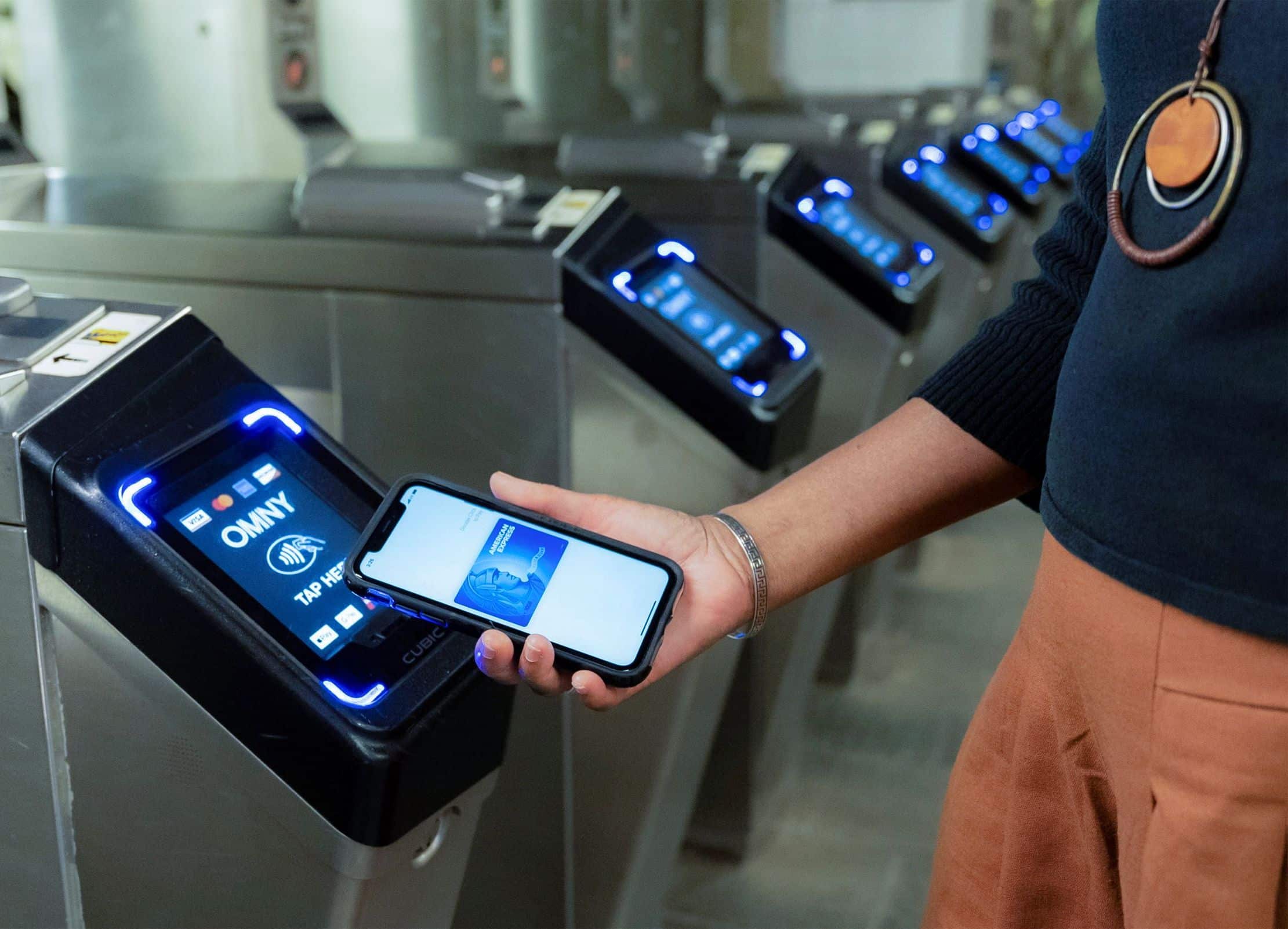
Article Highlights
NFC mobile wallets are making up a growing percentage of contactless EMV fare payments for those transit agencies that have introduced the technology.
NFC mobile wallets, such as Apple Pay and Google Pay made up 20% of contactless EMV fare payments as of October 2019, Transport for London confirmed.
• Transport for London
• Apple
• Transport for Greater Manchester
• TriMet
Use of NFC wallets continues to steadily increase as part of Transport for London’s landmark contactless payments service, with payments from NFC-enabled smartphones and smartwatches now accounting for 20% of all contactless payments, NFC Times has learned.





















